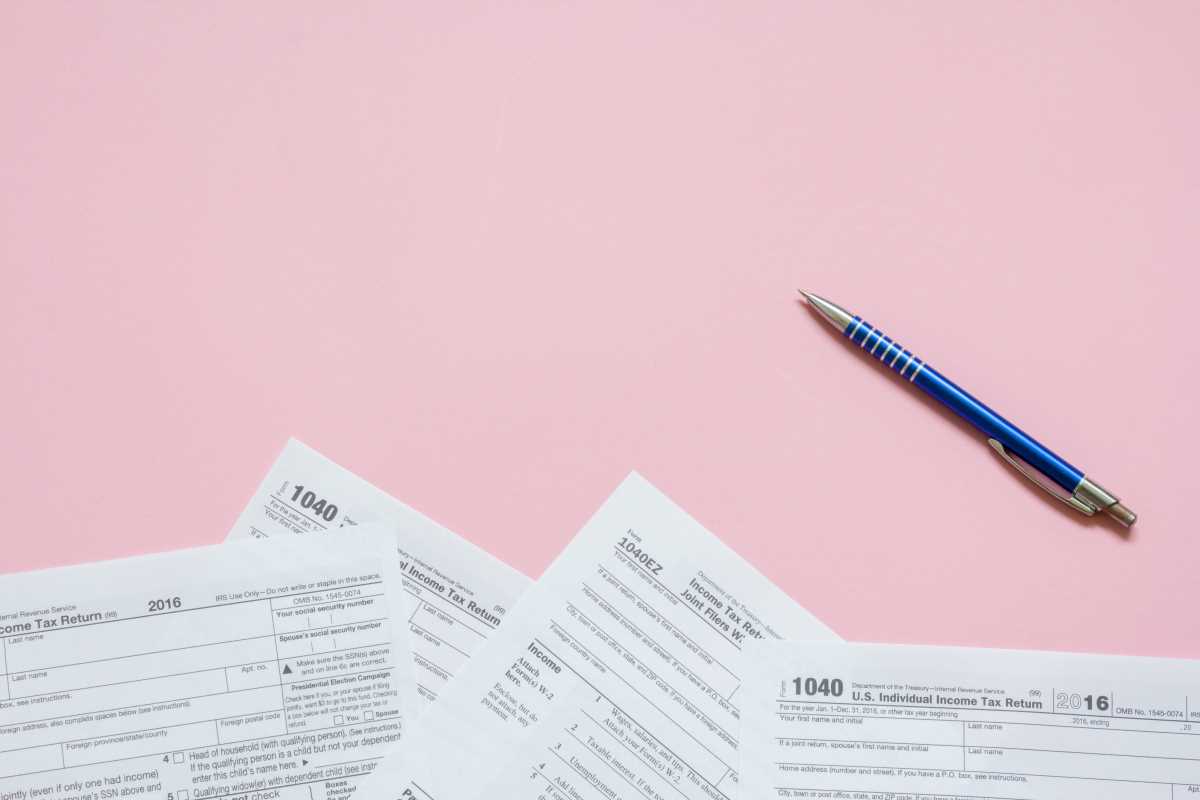Eating healthy on a budget is not only possible, but it can also be a rewarding and sustainable lifestyle with a little planning and creativity. Rising food costs may seem intimidating, but by employing a few simple strategies, you can enjoy nutritious meals without straining your finances. Below are several tips for eating healthy while sticking to a budget.
1. Shop the Sales
One of the most effective ways to save money on groceries is to plan your meals around what’s on sale. Most grocery stores publish weekly ads or have apps that feature current deals on fresh produce, meats, and pantry staples. By planning your shopping trips around these sales, you can significantly reduce your grocery bill.
In-season fruits and vegetables are another key to budget-friendly shopping. When produce is in season, it is more abundant, often tastes better, and costs less due to lower transportation costs. Foods like apples in the fall, berries in the summer, and root vegetables in the winter tend to be much more affordable when purchased in their peak growing periods. Use the sales as an opportunity to incorporate a wider variety of fruits and vegetables into your meals while saving money.
2. Bulk Buying
Bulk buying is a powerful tool for eating healthy on a budget. Pantry staples such as rice, beans, pasta, and whole grains like quinoa and oats are often available at a lower price per unit when purchased in larger quantities. Items like dried beans and grains can be stored for long periods, making them an ideal choice for bulk purchases.
Warehouse stores or the bulk bins in grocery stores are great places to stock up on these items. You can even purchase nuts, seeds, and dried fruits in bulk, which can be used in many healthy recipes or as snacks. Not only is bulk buying more economical, but it also reduces the need for frequent trips to the store, which can help avoid the temptation of impulse buys.
3. Meal Prep
Meal prepping is one of the most effective ways to control your food budget while ensuring that you always have healthy options available. Setting aside time once a week to prepare meals can prevent the need for more expensive, last-minute options like takeout or convenience foods. When you meal prep, you can buy ingredients in bulk and prepare large batches of food, portioning them out for the week.
For example, cooking a large batch of soup, chili, or casseroles can be incredibly cost-effective and provide meals for several days. Not only does meal prepping save time and money, but it also allows you to control the ingredients and portion sizes, ensuring that your meals are both nutritious and affordable.
4. DIY Snacks
Pre-packaged snacks can be costly, and many contain added sugars, unhealthy fats, and preservatives. Making your own snacks at home is a more budget-friendly and healthy alternative. Simple snacks like homemade popcorn, trail mix, and energy bars are easy to prepare and much cheaper than their store-bought counterparts.
Popcorn, for example, is an incredibly affordable whole grain snack. Buy kernels in bulk and pop them on the stove for a healthy, low-cost snack. Homemade trail mix, made from bulk-purchased nuts, seeds, and dried fruits, is another cost-effective option that you can customize to suit your taste and nutritional needs.
5. Frozen Fruits and Vegetables
Frozen fruits and vegetables are often just as nutritious as their fresh counterparts, and they are usually more affordable, especially when certain produce items are out of season. Freezing locks in nutrients, so you don’t have to worry about a decline in quality. Additionally, frozen produce has a long shelf life, making it a great option for reducing food waste.
Items like frozen spinach, berries, and broccoli can be used in a variety of dishes, from smoothies to stir-fries. Stock up when frozen produce is on sale, and you’ll always have healthy ingredients available for quick and easy meals.
6. Buy Generic
Opting for store-brand or generic items can also help you stay within your budget. Many generic products, especially staples like canned goods, pasta, and grains, offer the same quality and nutritional value as name-brand items but at a lower price. In many cases, the only difference is the label. Look closely at the ingredients and nutritional information on generic products, and you’ll often find that they are nearly identical to the more expensive name brands.
7. Plan and Stick to a Grocery List
Impulse buying is one of the quickest ways to blow your grocery budget. Before heading to the store, plan your meals for the week and make a detailed shopping list. Stick to the list to avoid picking up unnecessary items. By planning meals in advance, you can make sure you’re only buying what you need, which helps reduce waste and keeps your budget in check.
8. Cook at Home More Often
One of the easiest ways to control your food expenses is by cooking at home more often. Eating out at restaurants or ordering takeout adds up quickly, and these meals are often higher in calories, fat, and sodium. By cooking at home, you have full control over the ingredients and portion sizes, which not only saves money but also allows you to eat healthier.
Learning to cook with simple, whole ingredients like vegetables, grains, and lean proteins can significantly cut costs. Simple, home-cooked meals like stir-fries, roasted vegetables, and grain bowls can be both nutritious and affordable.
Eating healthy on a budget requires a combination of smart shopping, meal planning, and preparation. By focusing on sales, buying in bulk, and prepping meals and snacks at home, you can enjoy nutritious, delicious meals without overspending. Small changes in your shopping and cooking habits can lead to significant savings over time while ensuring that you stay on track with your health goals. With a little effort, you’ll find that eating well on a dime is not only possible but also rewarding.
 (Image via
(Image via





